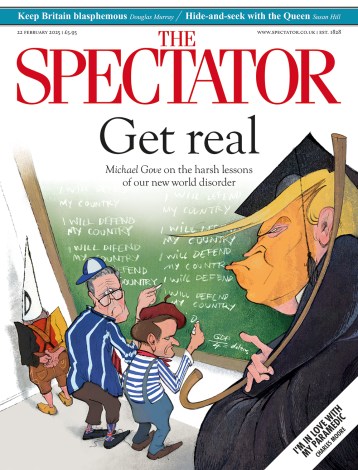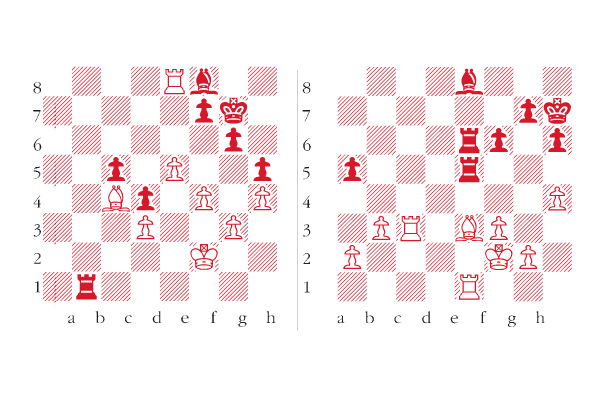No, not the Church of England and its troubles with the question of whether women should be allowed to be bishops, but chess endgames, with rival bishops moving respectively on black and white squares. Traditionally, the fact that the bishops can play, as it were, past each other increases the possibility of a draw, as indeed do the enhanced possibilities of mutual blockades.
Nevertheless, great masters such as Nimzowitsch, Capablanca, Botvinnik, Smyslov and Karpov have been able to demonstrate that skilful handling of such situations may in fact lead to one side having, in effect, an extra piece if the enemy opposite bishop can be sidelined.
At the recently concluded tournament in Wijk aan Zee, Magnus Carlsen twice proved that he has joined the elite group of filigree artists who can achieve wonders when opposite bishops are present. It is interesting to note that, in both games, the black bishop plays virtually no part in proceedings at all.

Get Britain's best politics newsletters
Register to get The Spectator's insight and opinion straight to your inbox. You can then read two free articles each week.
Already a subscriber? Log in





Comments
Join the debate for just $5 for 3 months
Be part of the conversation with other Spectator readers by getting your first three months for $5.
UNLOCK ACCESS Just $5 for 3 monthsAlready a subscriber? Log in